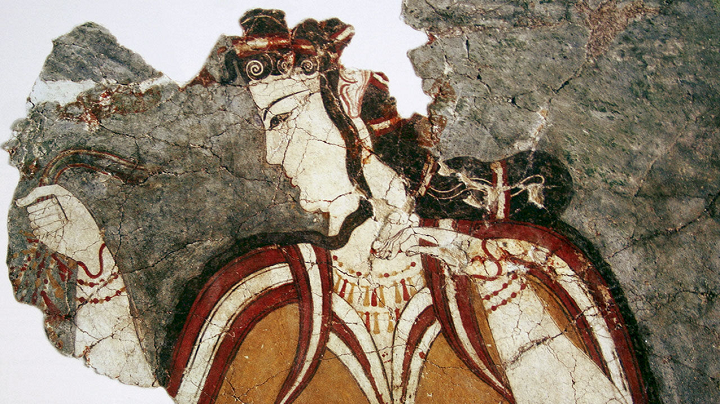Information
New Evidence Supports Modern Greeks Having DNA of Ancient Mycenaeans
New emerging DNA evidence suggests that living Greeks are indeed descendants of the ancient Mycenaeans, who ruled mainland Greece and the Aegean Sea from 1,600 BC to 1,200 BC.
The proof comes from a study in which scientists analyzed the genes from the teeth of 19 people across various archaeological sites within mainland Greece and Mycenae. A total of 1.2 million letters of genetic code were compared to those of 334 people across the world.
Genetic information was also compiled from a group of thirty modern Greek individuals in order to compare it to the ancient genomes. This allowed researchers to effectively plot how individuals were related to one another.
One aspect that was revealed in the study was how the Mycenaeans themselves were closely related to the Minoan civilization, which flourished on the island of Crete from 2,000 BC to 1,400 BC.
Both cultures were shown to carry genes for brown hair and brown eyes, characteristics that are reflected on their frescoes and pottery, despite having different languages.
According to Harvard population geneticist Iosif Lazaridis, any difference between the two civilizations suggests that a second wave of people came to mainland Greece from Eastern Europe, yet were unable to reach the island of Crete — and in time they became known as the Mycenaeans.
After comparing the DNA of modern Greeks to ancient Mycenaeans, a genetic overlap was discovered that suggests that these ancient Bronze Age civilizations laid the genetic groundwork for later peoples.
Swedish Archaeologist Kristian Kristiansen at the University of Gothenburg commented on the significance of the study recently, saying that “The results have now opened up the next chapter in the genetic history of western Eurasia — that of the Bronze Age Mediterranean.”
Category: English
News
Information
Key words:


